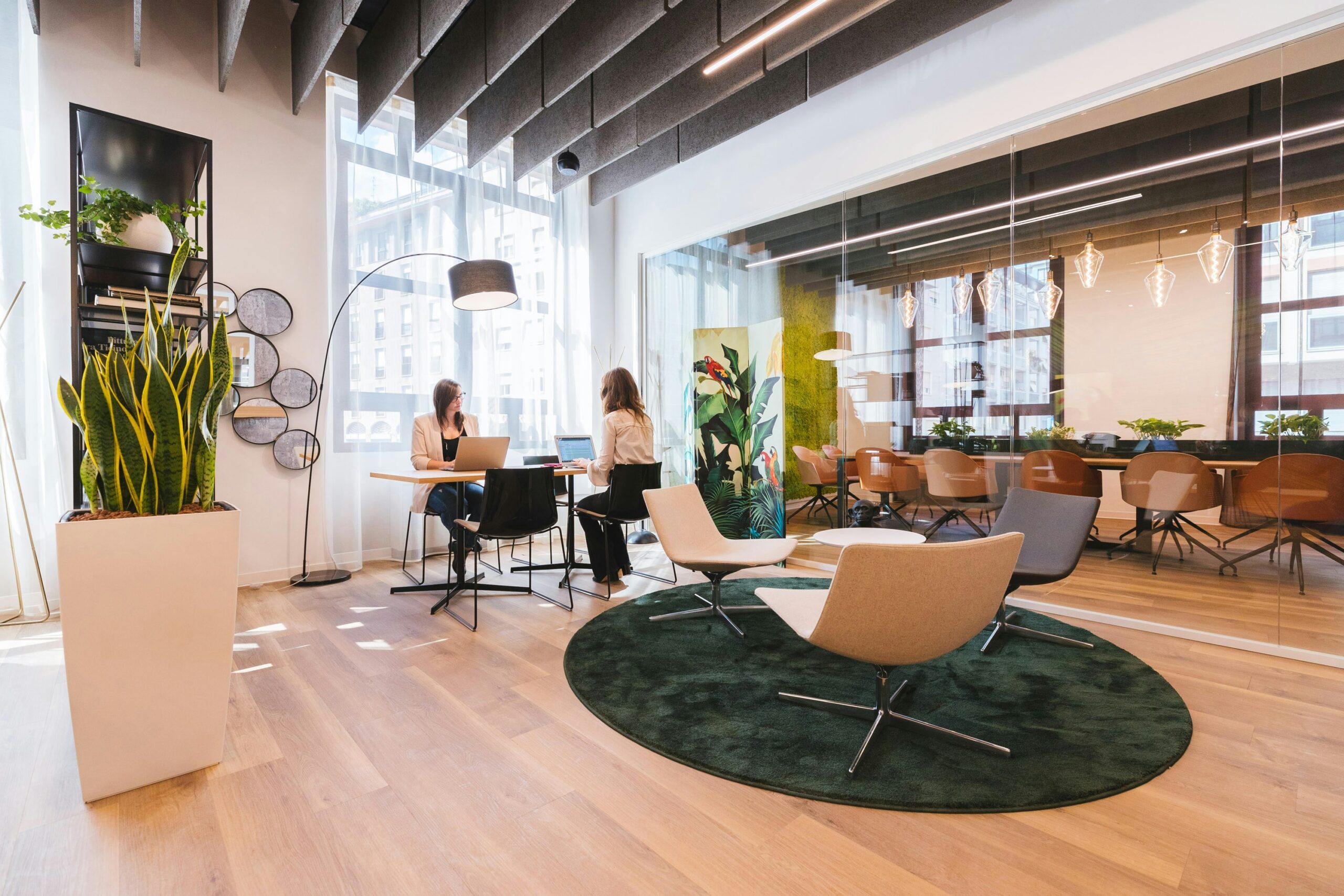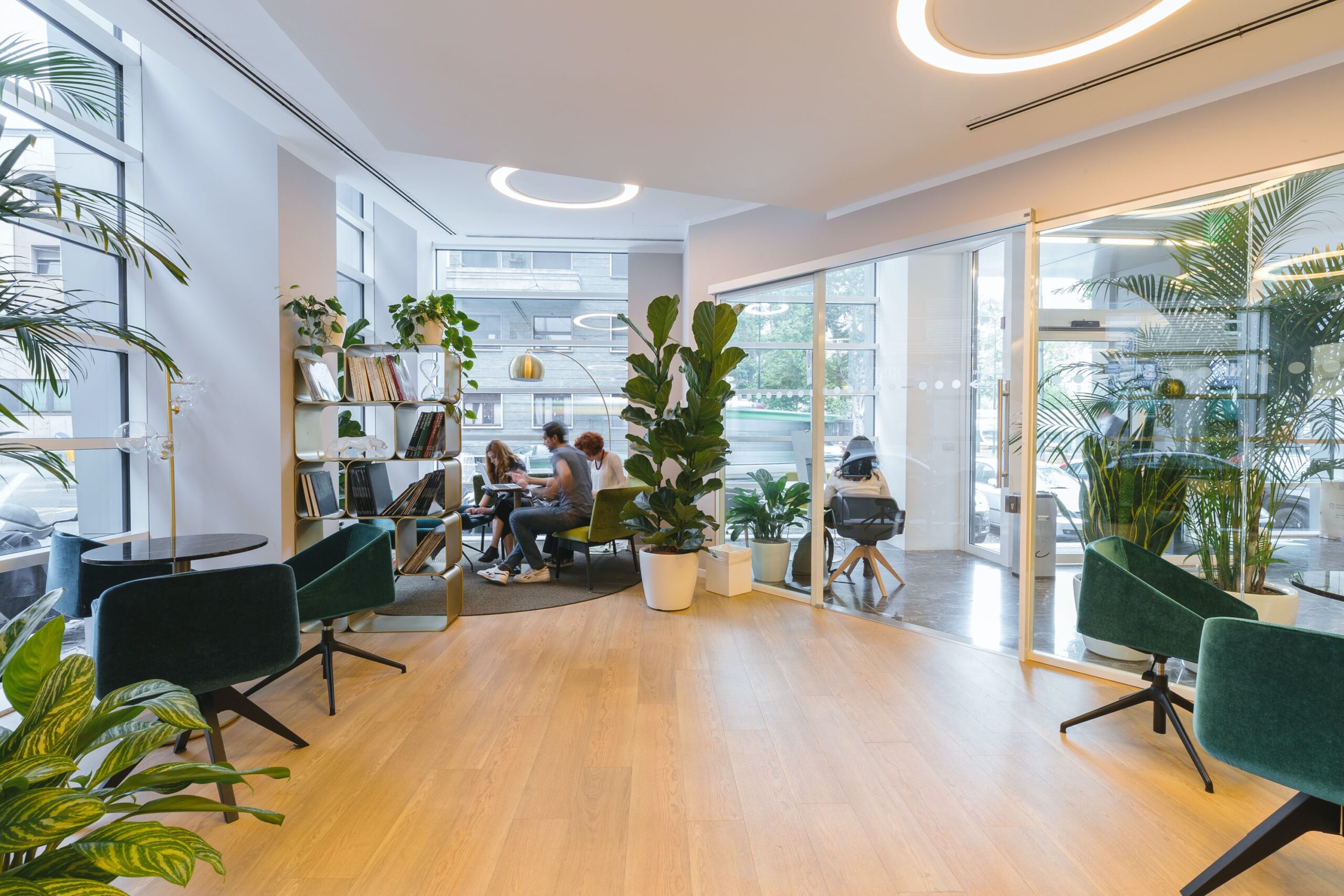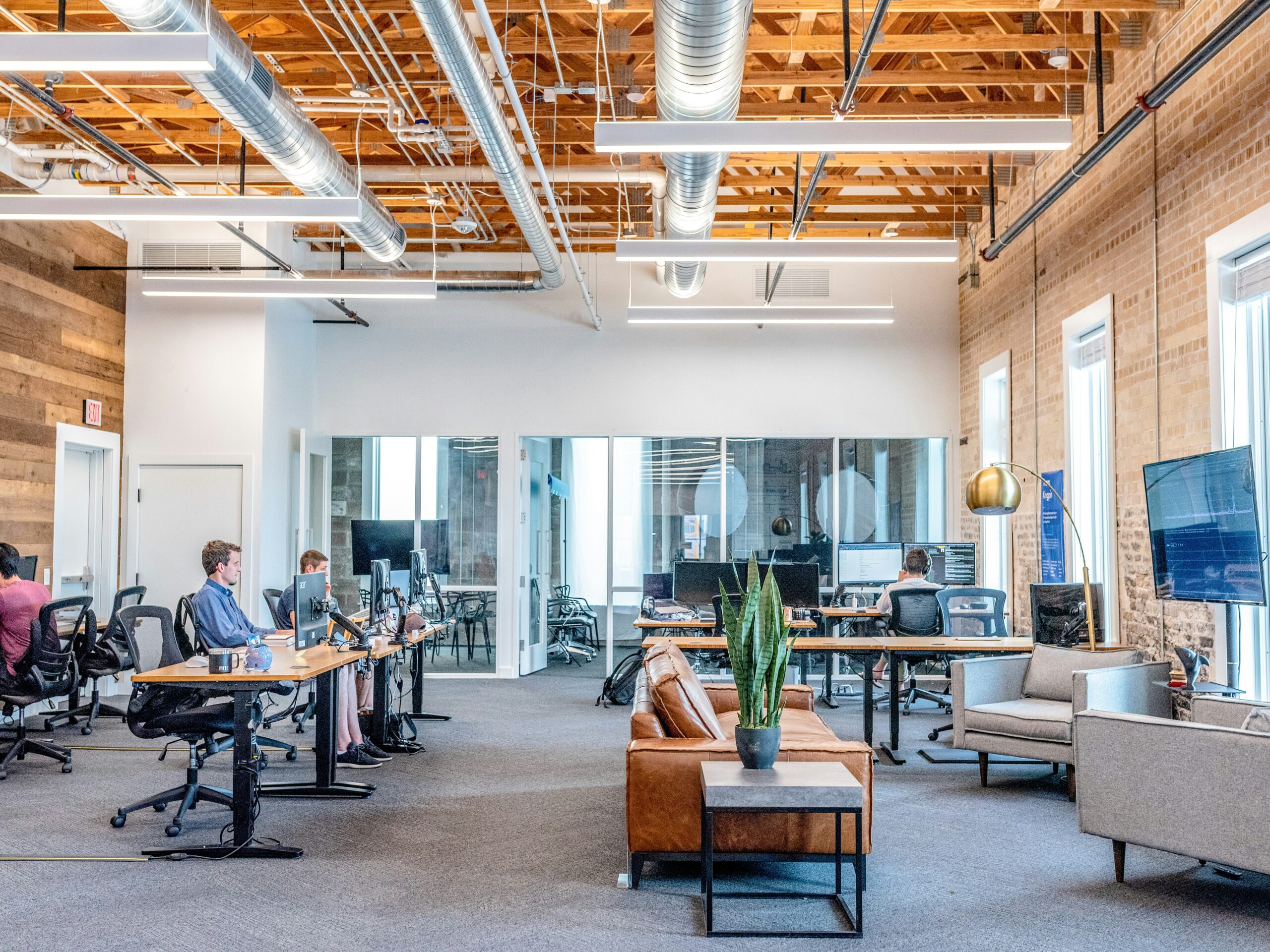
Designing for Success: The Architecture of Coworking Spaces
In recent years, coworking spaces have gained immense popularity as a flexible and collaborative alternative to traditional office environments. These shared workspaces have revolutionized the way people work, fostering a sense of community and providing a platform for networking and collaboration. However, the success of a coworking space heavily relies on its architecture and design.
When designing a coworking space, several factors need to be considered to create an environment that promotes productivity, creativity, and well-being. The layout of the space should be flexible, allowing for different work styles and preferences. Open areas with communal tables and comfortable seating encourage interaction and collaboration, while private offices or quiet zones cater to those who require concentration.
Lighting is another essential aspect of coworking space design. Natural light is known to boost productivity and mood, so incorporating large windows and skylights can create a pleasant and inviting atmosphere. Additionally, the use of artificial lighting should be carefully planned to provide adequate illumination without causing glare or discomfort.
Ergonomics is crucial in ensuring the comfort and health of the individuals using the coworking space. Adjustable desks and chairs, as well as proper positioning of computer screens, help prevent musculoskeletal disorders and promote good posture. Incorporating greenery and biophilic design elements can also contribute to a healthier and more stimulating work environment.
Furthermore, the aesthetics of a coworking space play a significant role in attracting and retaining members. The design should reflect the brand identity and values of the space, creating a unique and inspiring atmosphere. The use of colors, textures, and artwork can enhance the overall ambiance and create a sense of belonging.
Overall, the architecture and design of a coworking space are essential for its success. By considering factors such as layout, lighting, ergonomics, and aesthetics, designers can create spaces that foster productivity, collaboration, and well-being, ultimately contributing to the growth and success of the coworking community.




